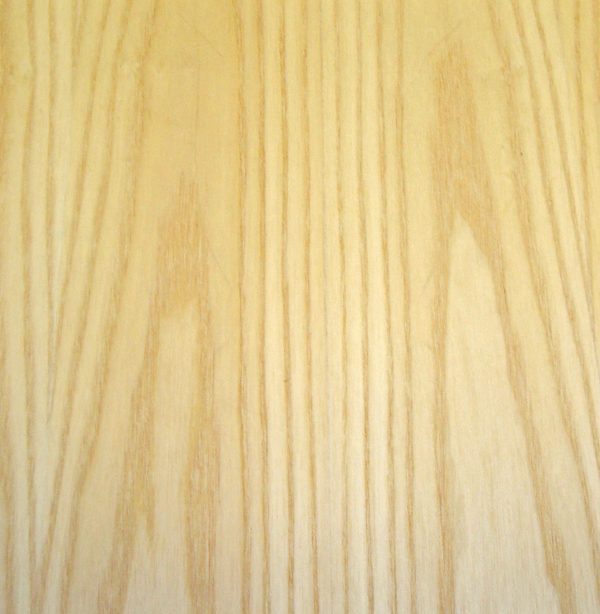Pros And Cons of Having Wood Veneer Sheet Lamination on Your FurniturePosted by JSO WOOD PRODUCTS on January 23rd, 2021 Wood veneer sheets are always carpenters’ first choice if you want your wooden furniture laminated. It offers an exceptional finish to your furniture. So, what are wooden veneers? These sheets are nothing but thin wooden slices, cut out from steamed and soft wooden logs. In the majority of the cases, these veneers stick to various types of engineered woods like blockboard, plywood, MDF, or similar item with the help of glue. Surely veneers make decorative wooden structures. But there are certain advantages and disadvantages of using veneers on your furniture. One must understand the pros and cons of having wood veneer laminated to their furniture before getting it for your home furniture. 3 advantages of having wooden veneer sheet lamination on your furniture 1. Get a natural wood appearance at a low cost: Wooden veneers are cheaper than real wood, but being wooden slices, they actually offer you’re the aesthetics of natural wood. In today’s world, when, due to scarcity of natural wood around us the price of wood has gone high, veneers offer an ideal alternative at a low cost. Even the lamination procedure is also very low as all you need to do is fix it to the plywood structure with glue. 2. Designing is flexible When you cut a tree and use the wood to make the furniture, your choice of design in appearance gets limited. Even though displays different design in different layers, it doesn’t show in a block of wood. But when you cut slices from a wooden log, each sheet is unique. Even each sheet from different logs has a different appearance. Naturally, you get access to uncountable designs and flexibility.
3. Enhances durability and strength: Veneers not only add to the aesthetics but also ensures that engineered wooden structures from particle board or similar get more strength and become durable. While boards like MDF, fireboard, etc. get affected by spillage water, they become water-resistant when you add veneer sheet lamination to them. However, veneer sheets are likely to lose their gloss after coming in contact with water or liquid items. 3 disadvantages of using veneer sheets for furniture lamination 1. Water damage-prone: While a wooden veneer sheet strengthens engineered wood surfaces by making them water-resistant, overexposure to water damages the veneer. Controlling the damage calls for another expense in adding a sealant over the surface. 2. Installation and maintenance is not easy going: The installation process of veneer laminate is no job of a layman. You need to hire skilled workers to remove the air gap between the veneer and the engineered wood surface if you want it to have a good finish. Naturally, this increases your budget. Furthermore, veneers call for high-maintenance as it needs regular polishing to increase the laminate’s durability. 3. Crack formation: Veneers have a different rate of contraction and expansion as compared to the engineered wood you fix it to. So, when you fix veneer on top of engineered wood, it expands and contracts with change in climate, but the material below never does so at the same rate. This leads to the formation of cracks on the surface of veneers in a long run. Conclusion: Now that you know the benefits and problems that follow veneer lamination, choose your options wisely. If you love remodeling your furniture after a few years and want each piece to have a dazzling appearance, you can always choose a veneer for lamination. Like it? Share it!More by this author |



